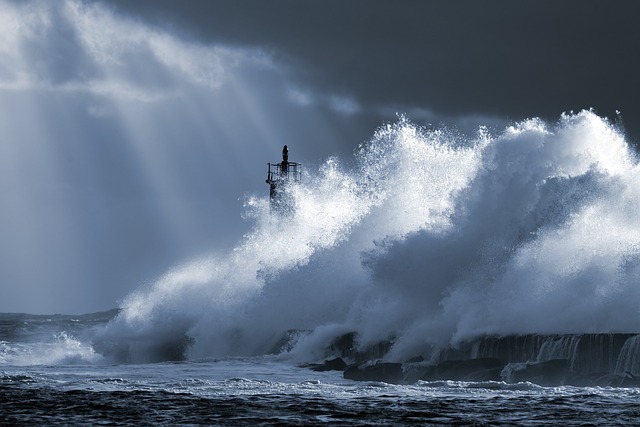-
Table of Contents
- Hurricane Rafael Moves Across Gulf of Mexico as a Rare Major November Storm While Cuba Recovers
- Introduction
- The Unusual Nature of November Hurricanes
- Hurricane Rafael: A Major Threat
- Projected Path and Impact
- Cuba’s Recovery Efforts
- Challenges Faced by Cuba
- Lessons Learned and Future Preparedness
- Key Takeaways for Future Preparedness
- Conclusion
Hurricane Rafael Moves Across Gulf of Mexico as a Rare Major November Storm While Cuba Recovers

Introduction
As the Atlantic hurricane season typically winds down by November, the emergence of Hurricane Rafael as a major storm in the Gulf of Mexico has caught the attention of meteorologists and residents alike. This unusual weather event not only poses a threat to coastal communities but also comes at a time when Cuba is still grappling with the aftermath of previous storms. This article delves into the implications of Hurricane Rafael, its impact on the Gulf region, and the ongoing recovery efforts in Cuba.
The Unusual Nature of November Hurricanes
November hurricanes are relatively rare, with only a handful of storms reaching major hurricane status during this late period in the season. According to the National Oceanic and Atmospheric Administration (NOAA), the average number of named storms in November is typically low, with only about 2% of all hurricanes occurring in this month classified as major storms (Category 3 or higher).
- In the last 50 years, only a few major hurricanes have formed in November, including Hurricane Kate in 1985 and Hurricane Lenny in 1999.
- Climate change has been linked to the increasing intensity and frequency of hurricanes, raising concerns about future November storms.
Hurricane Rafael: A Major Threat
Hurricane Rafael formed in early November and quickly intensified as it moved across the warm waters of the Gulf of Mexico. With maximum sustained winds reaching 120 mph, Rafael was classified as a Category 3 hurricane, prompting warnings and evacuations in several coastal areas.
Projected Path and Impact
The projected path of Hurricane Rafael indicated a potential landfall along the Gulf Coast, affecting states such as Louisiana, Mississippi, and Alabama. The storm’s impact could include:
- Heavy rainfall leading to flash flooding.
- Strong winds causing power outages and property damage.
- Storm surges threatening coastal communities.
Emergency management agencies have been on high alert, coordinating evacuation plans and preparing shelters for those in the storm’s path.
Cuba’s Recovery Efforts
As Hurricane Rafael approaches the Gulf Coast, Cuba is still recovering from the devastation caused by Hurricane Ian just weeks earlier. Ian made landfall in late September, causing widespread destruction across the island, particularly in the western provinces.
Challenges Faced by Cuba
The recovery process in Cuba has been hampered by several factors:
- Limited resources and infrastructure challenges.
- Economic constraints exacerbated by the ongoing U.S. embargo.
- Ongoing public health concerns due to the COVID-19 pandemic.
Despite these challenges, the Cuban government has mobilized efforts to restore essential services, including electricity and water supply, while also providing support to affected families.
Lessons Learned and Future Preparedness
The occurrence of Hurricane Rafael serves as a reminder of the unpredictability of weather patterns and the importance of preparedness. Communities along the Gulf Coast must remain vigilant and proactive in their disaster response strategies.
Key Takeaways for Future Preparedness
- Investing in resilient infrastructure to withstand extreme weather events.
- Enhancing early warning systems to provide timely information to residents.
- Fostering community engagement and education on disaster preparedness.
Conclusion
Hurricane Rafael’s emergence as a major storm in November highlights the changing dynamics of hurricane seasons and the need for communities to adapt to these shifts. As Cuba continues its recovery from previous storms, the Gulf Coast faces the immediate threat of Rafael, underscoring the importance of preparedness and resilience in the face of natural disasters. By learning from past experiences and investing in future strategies, communities can better protect themselves against the unpredictable forces of nature.

